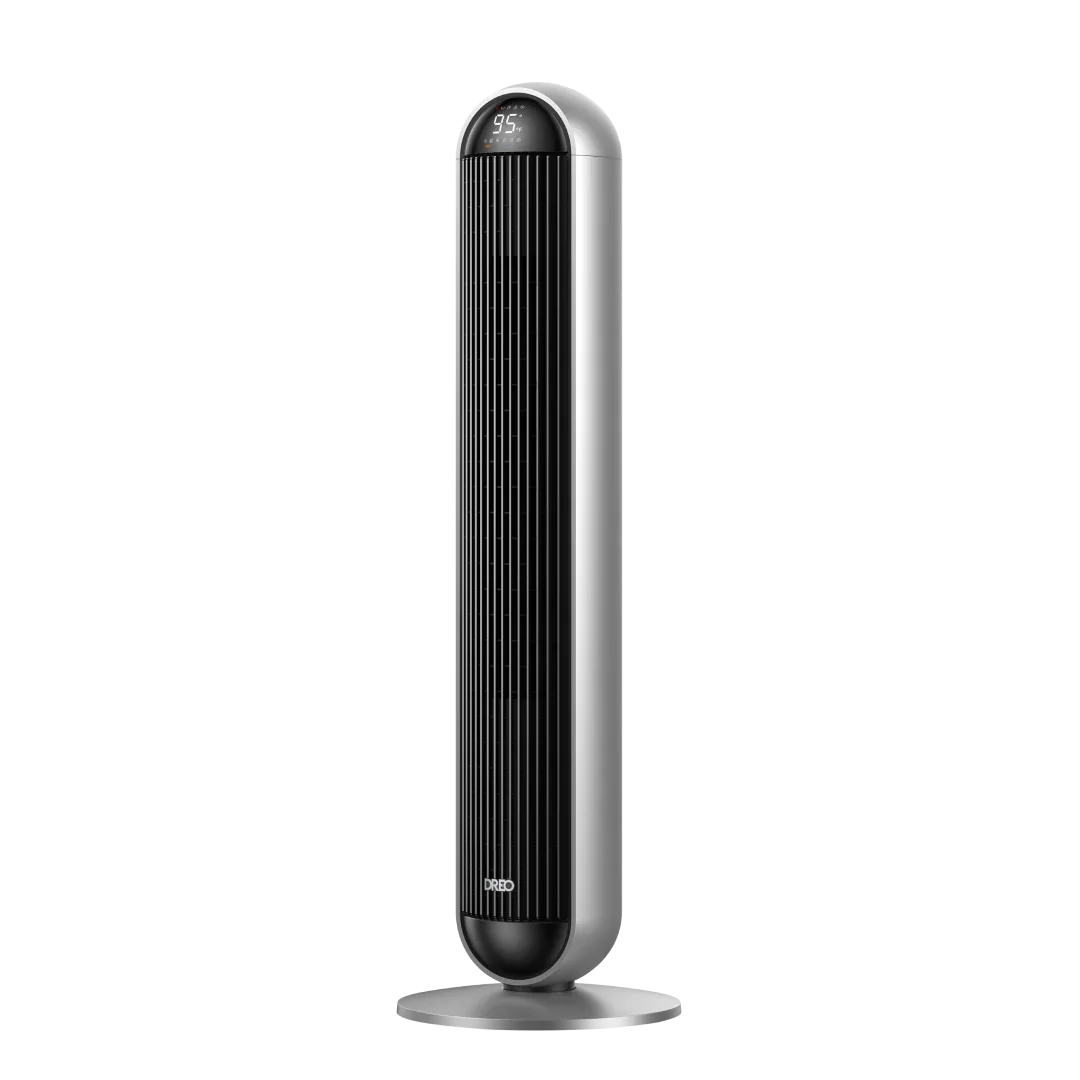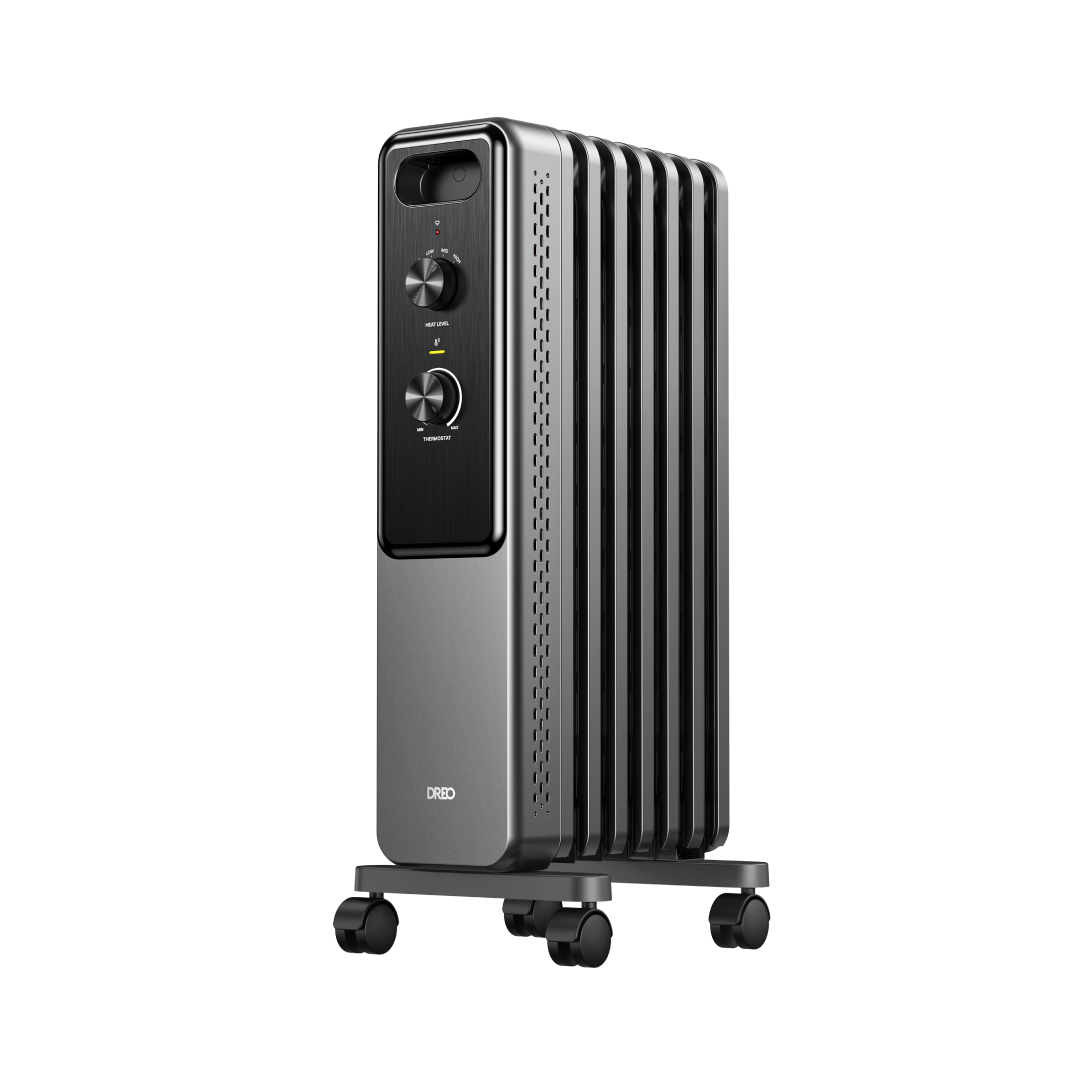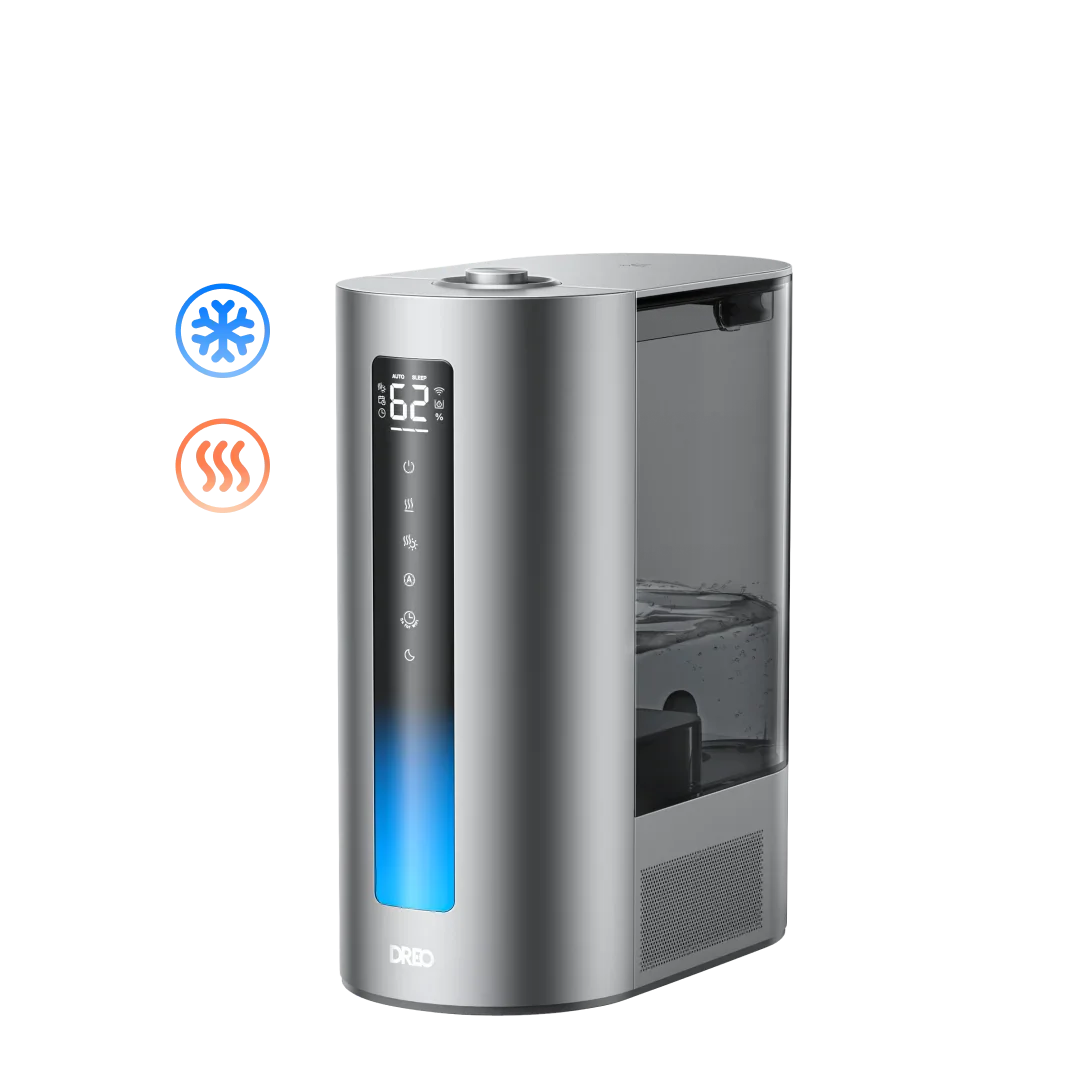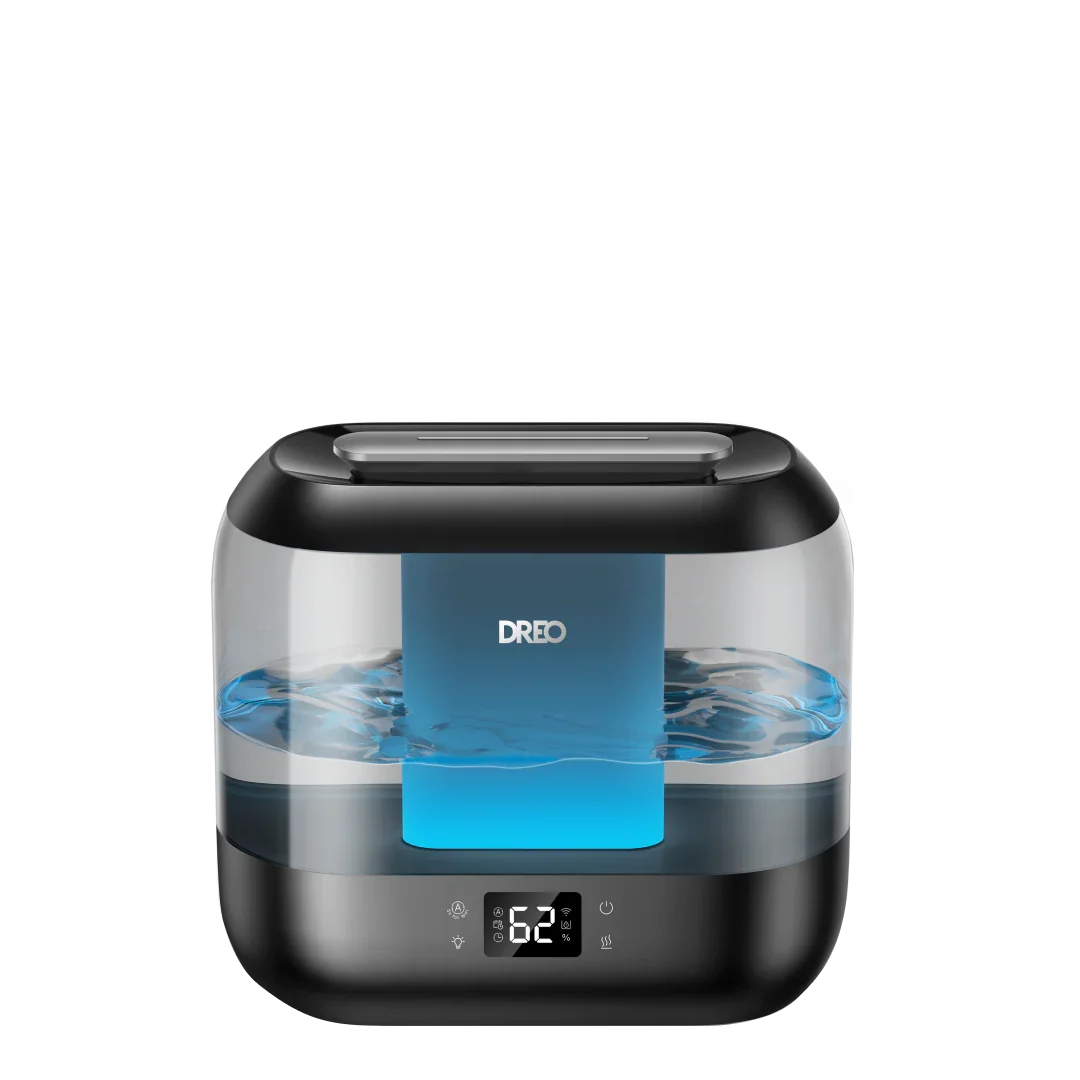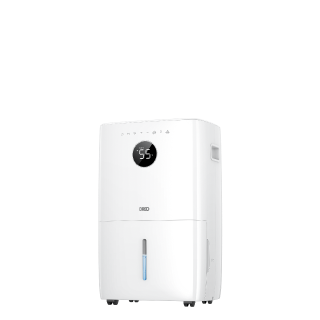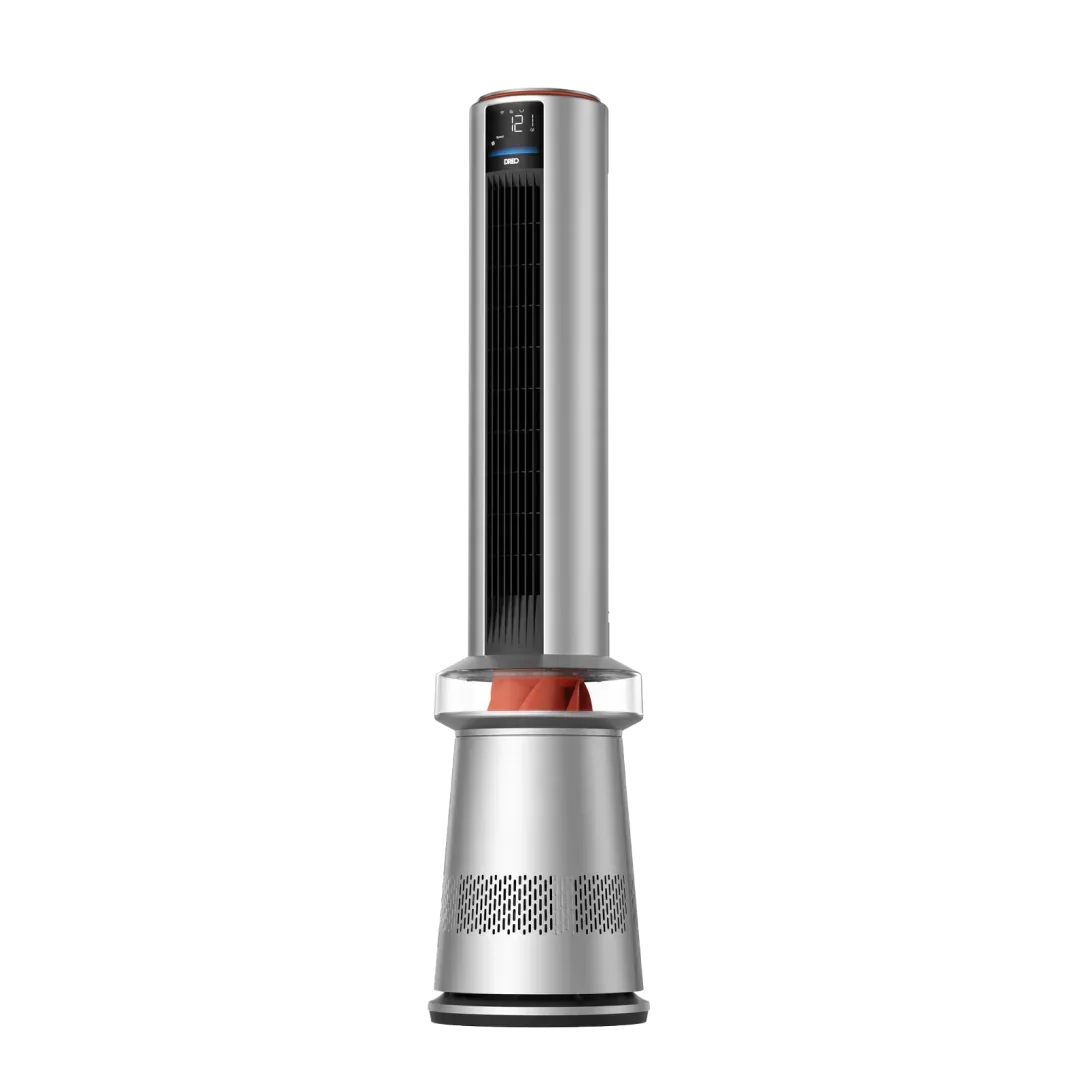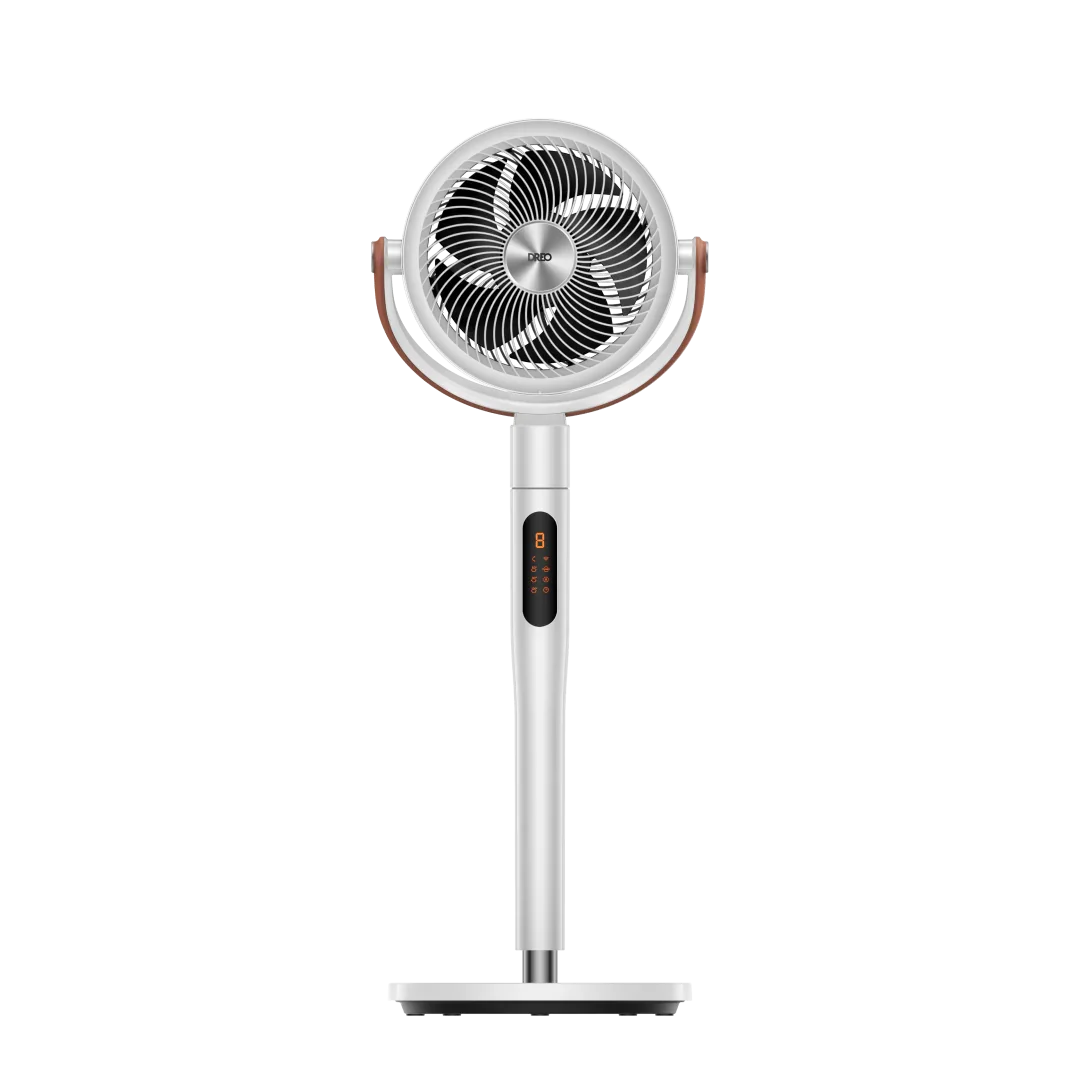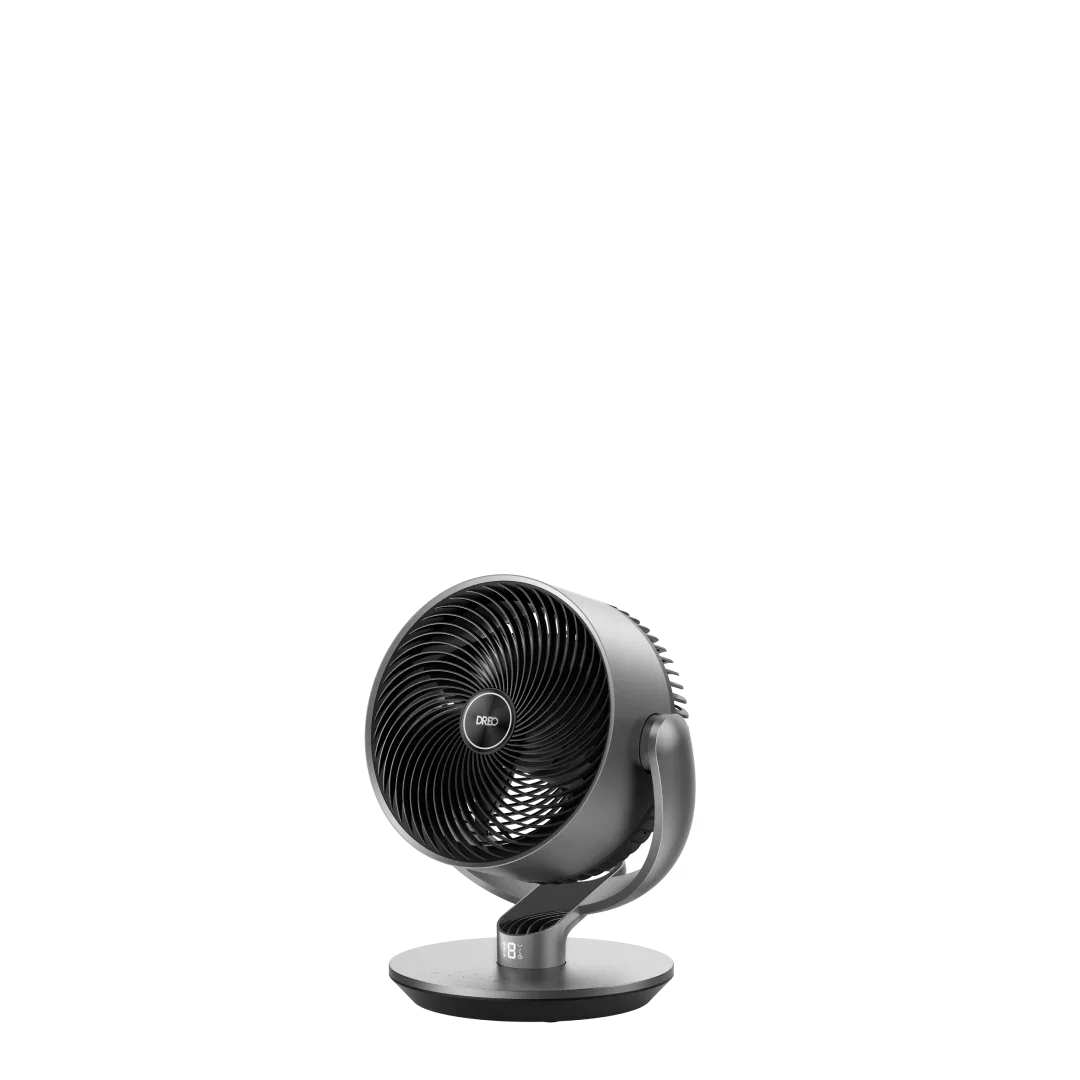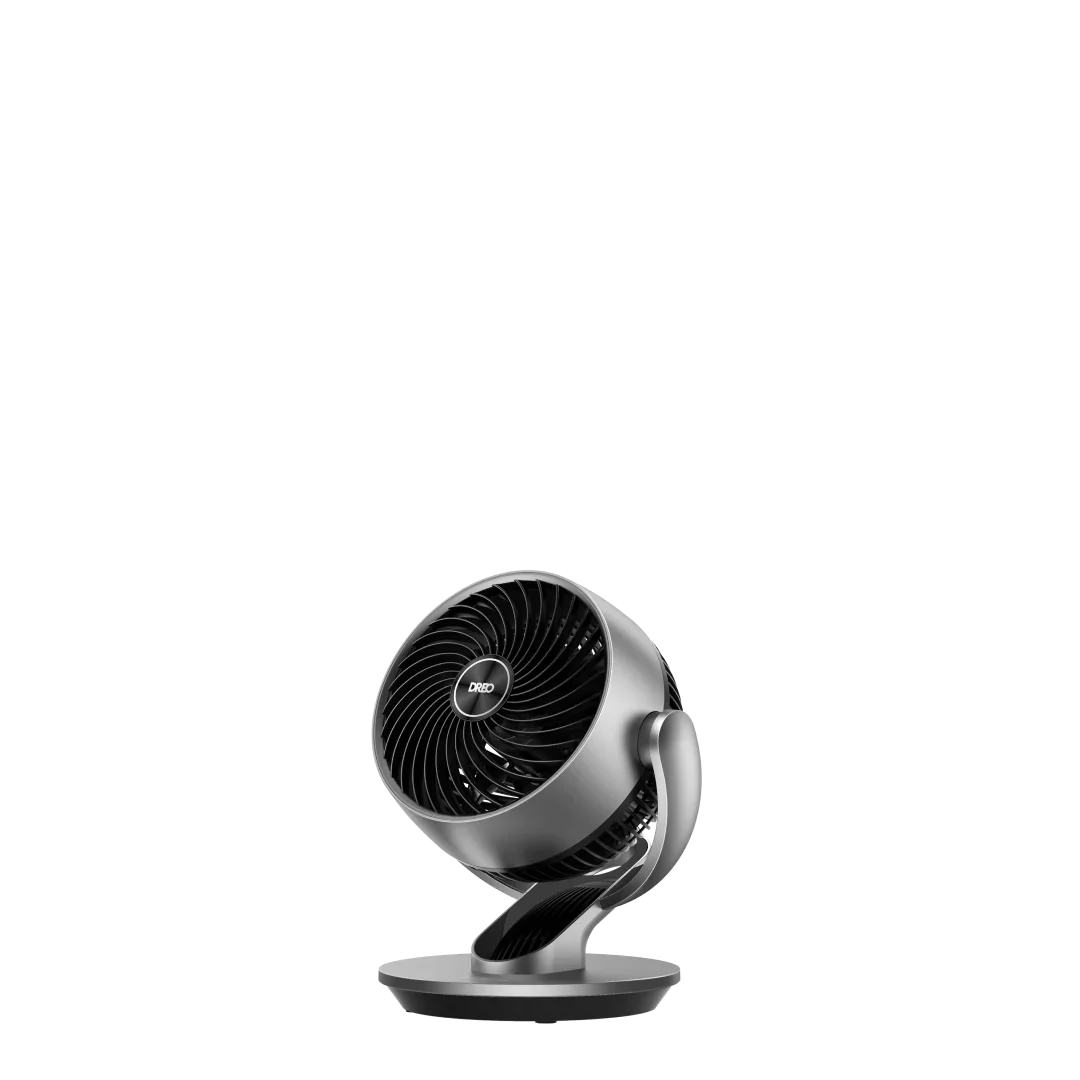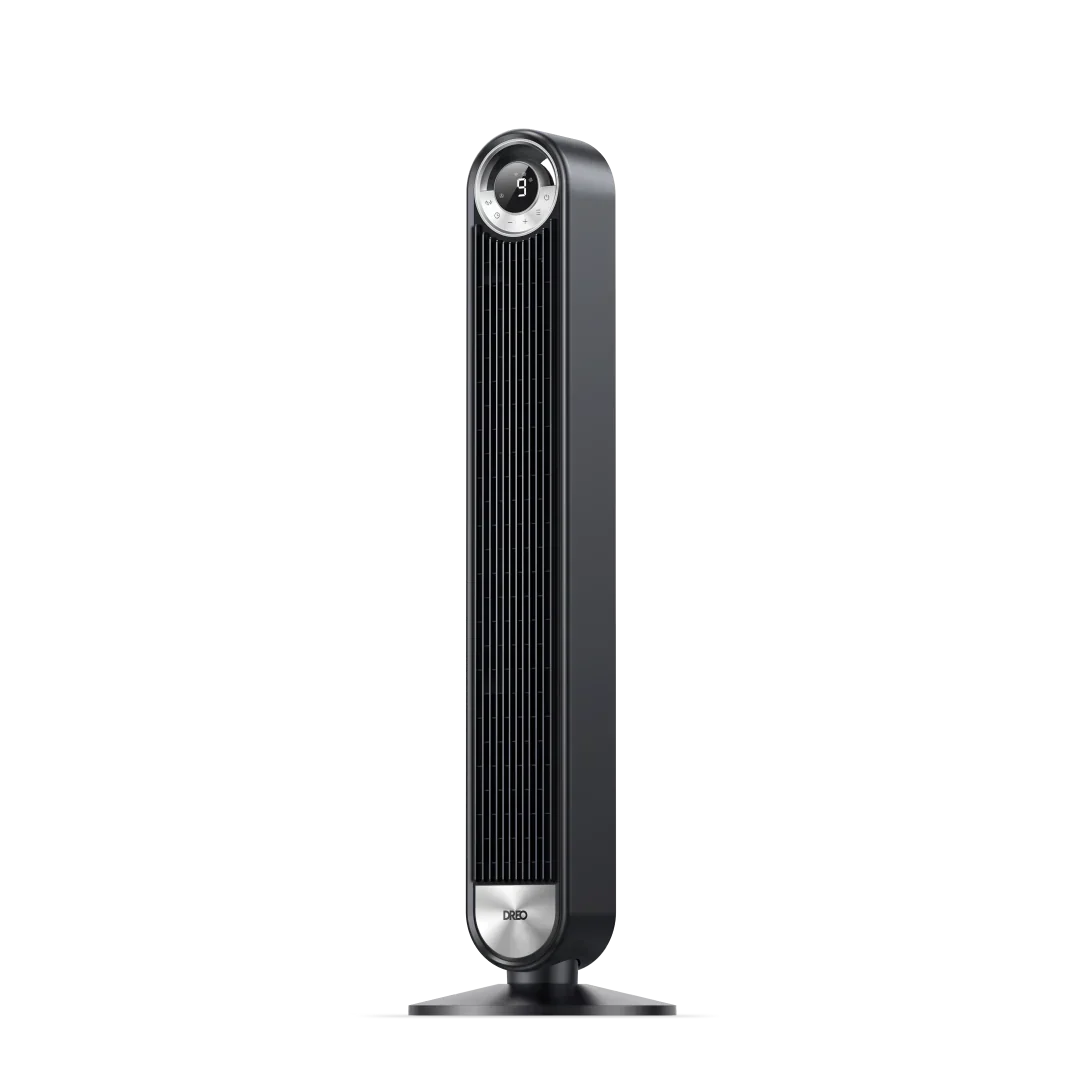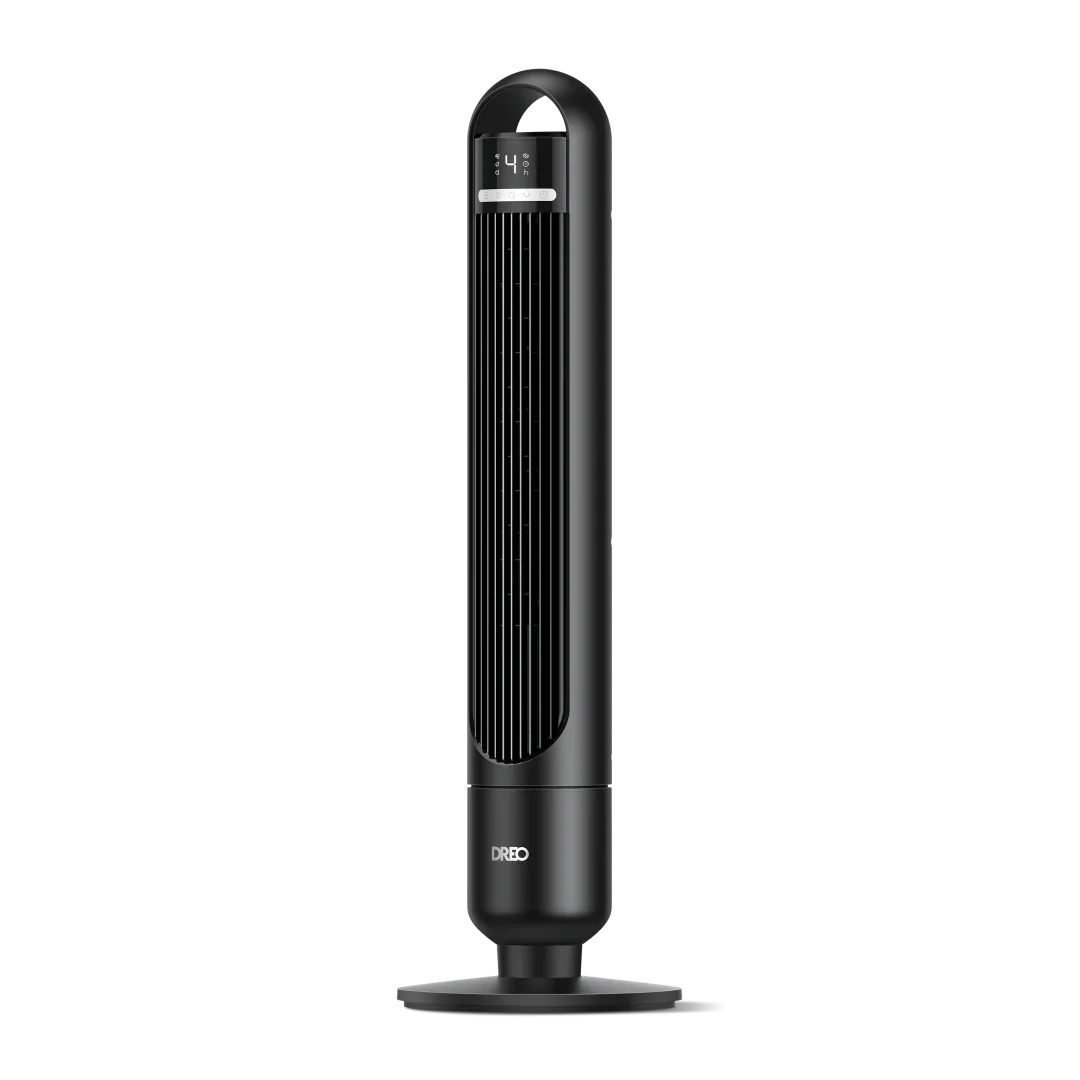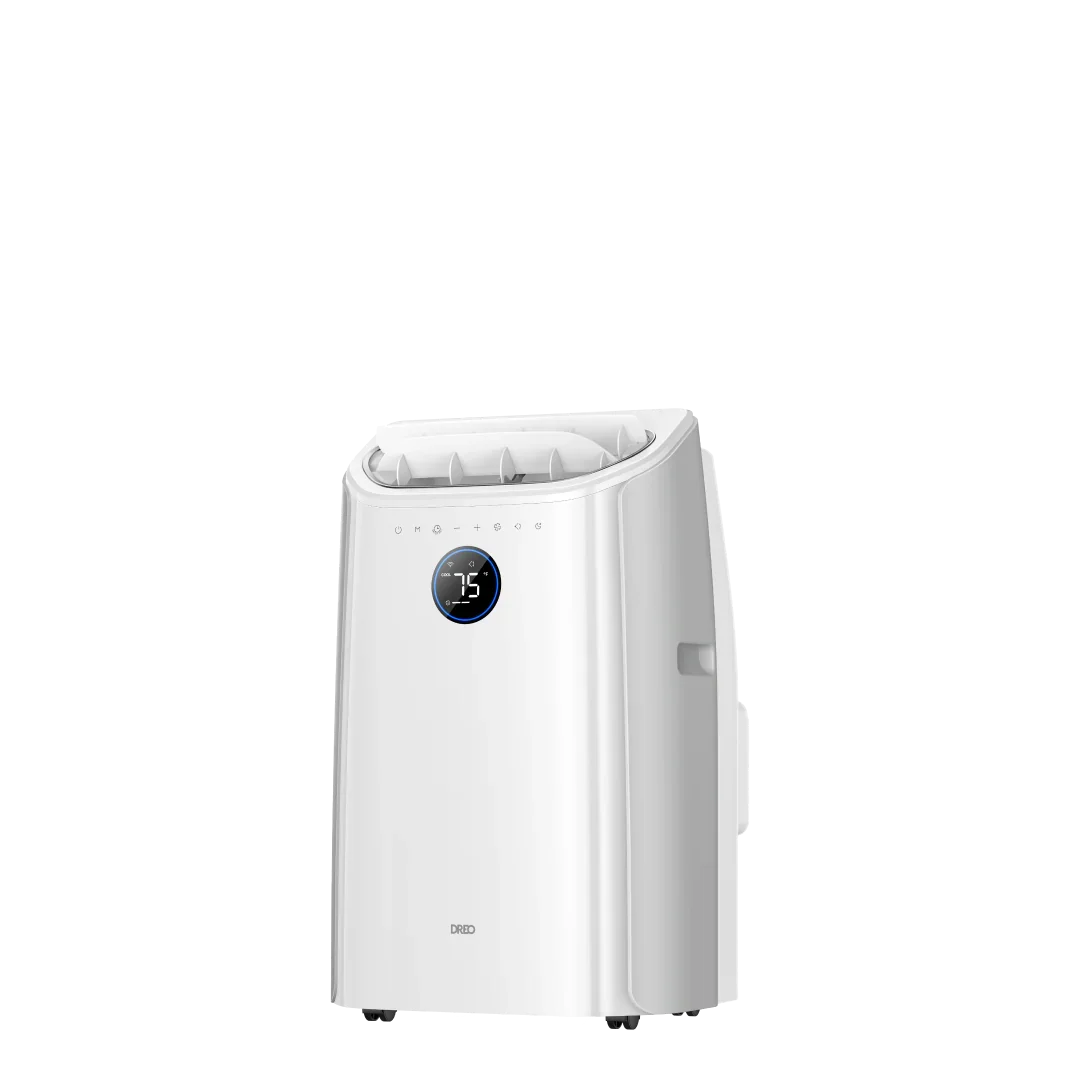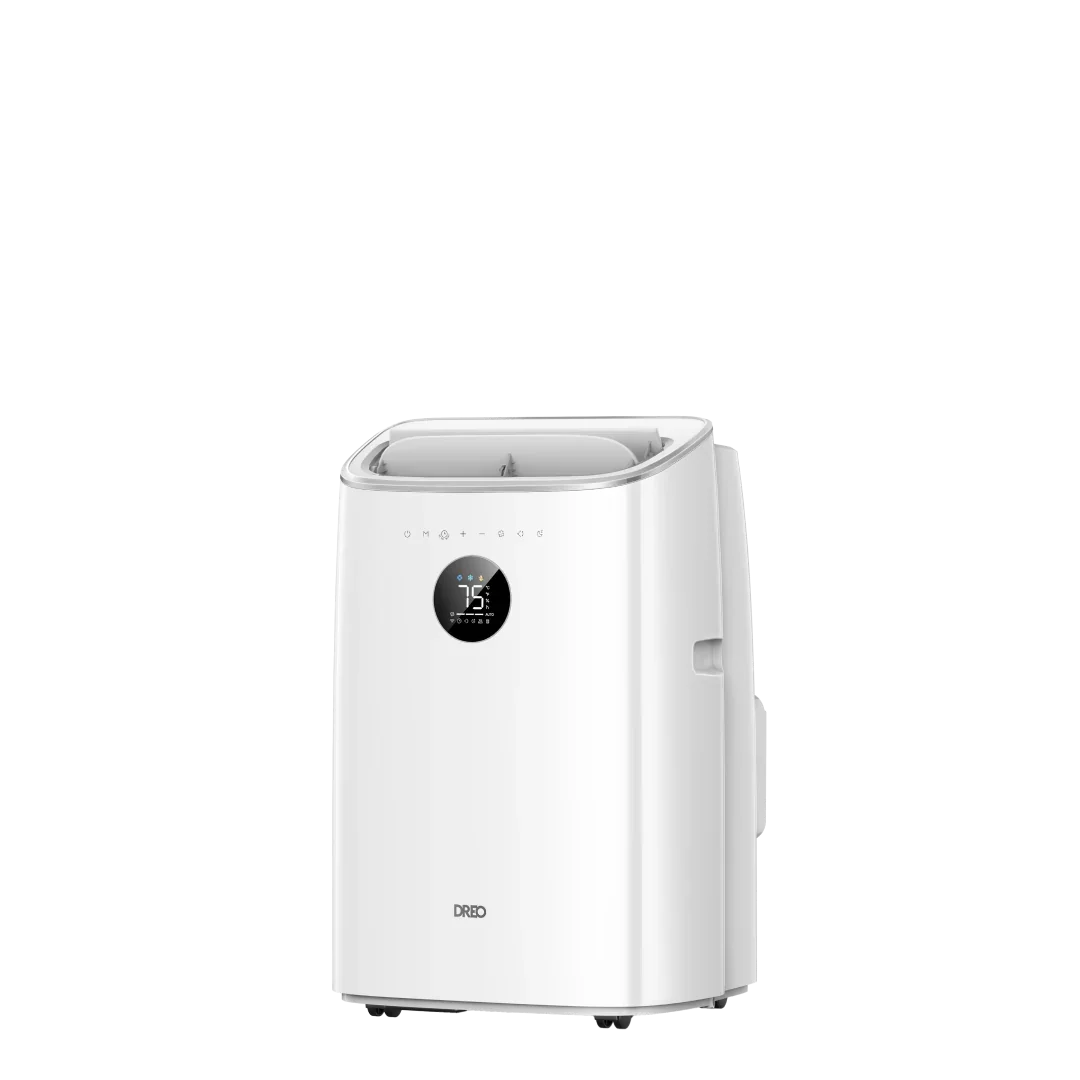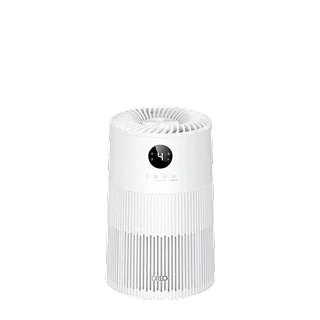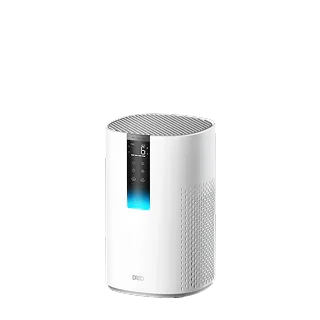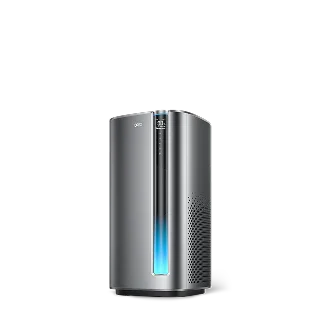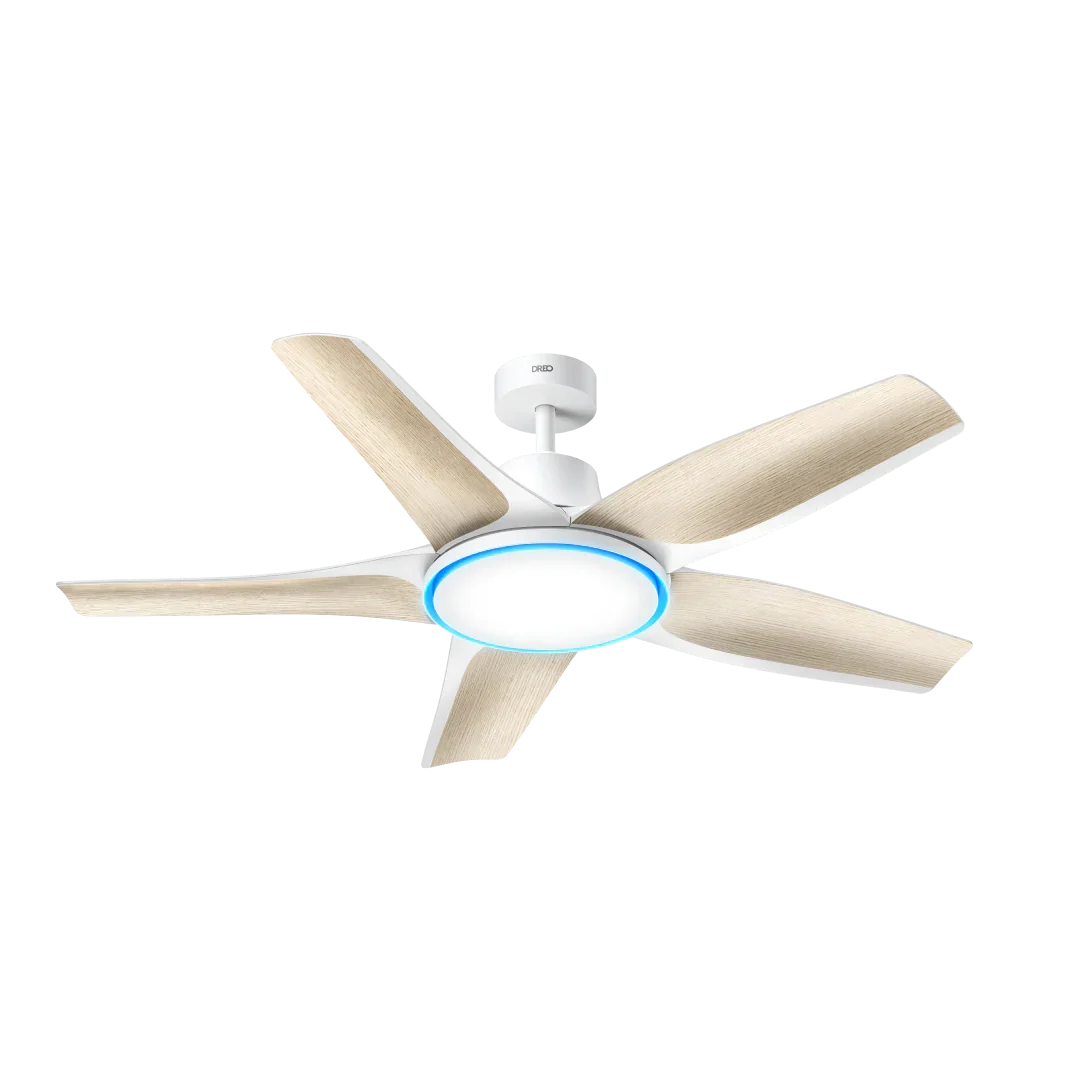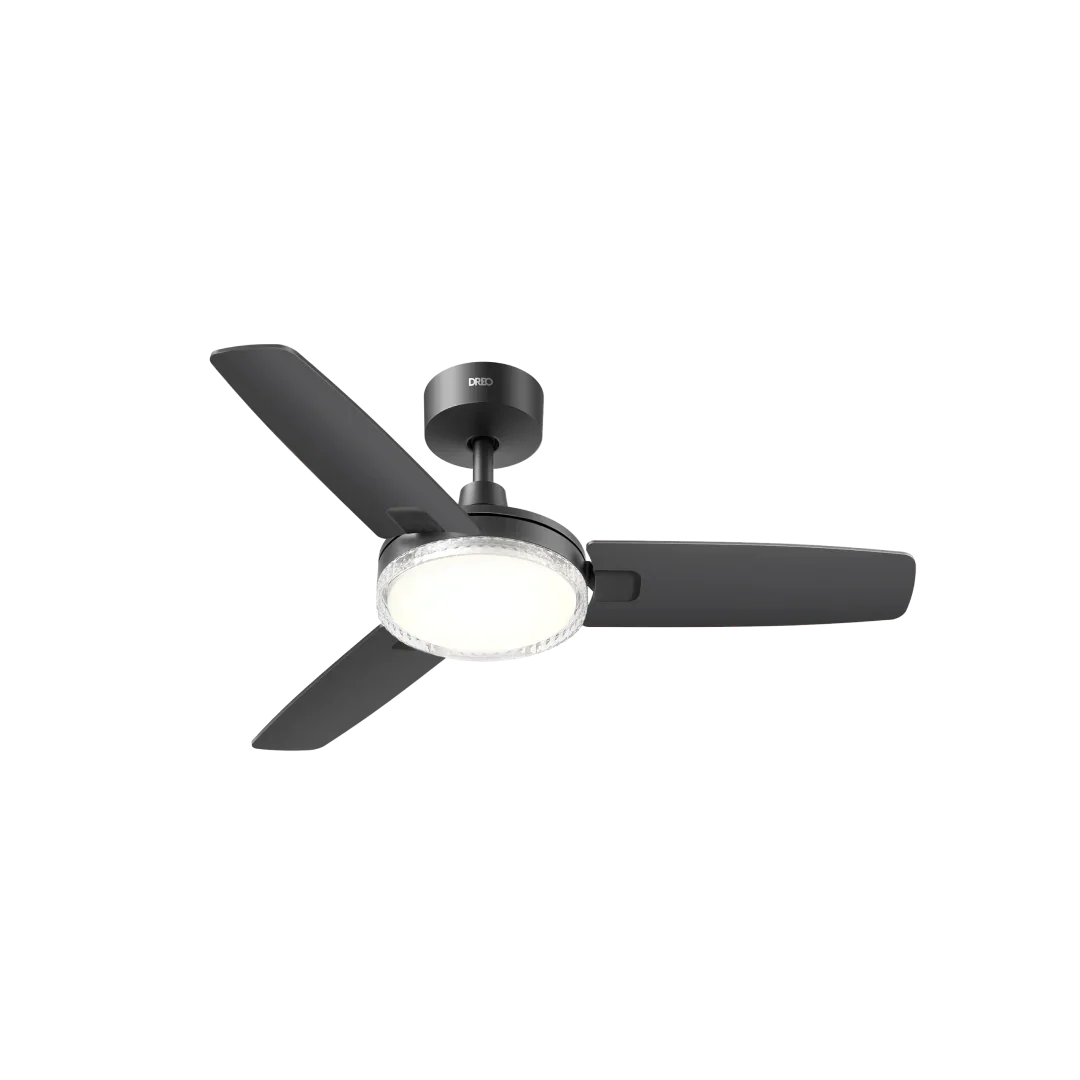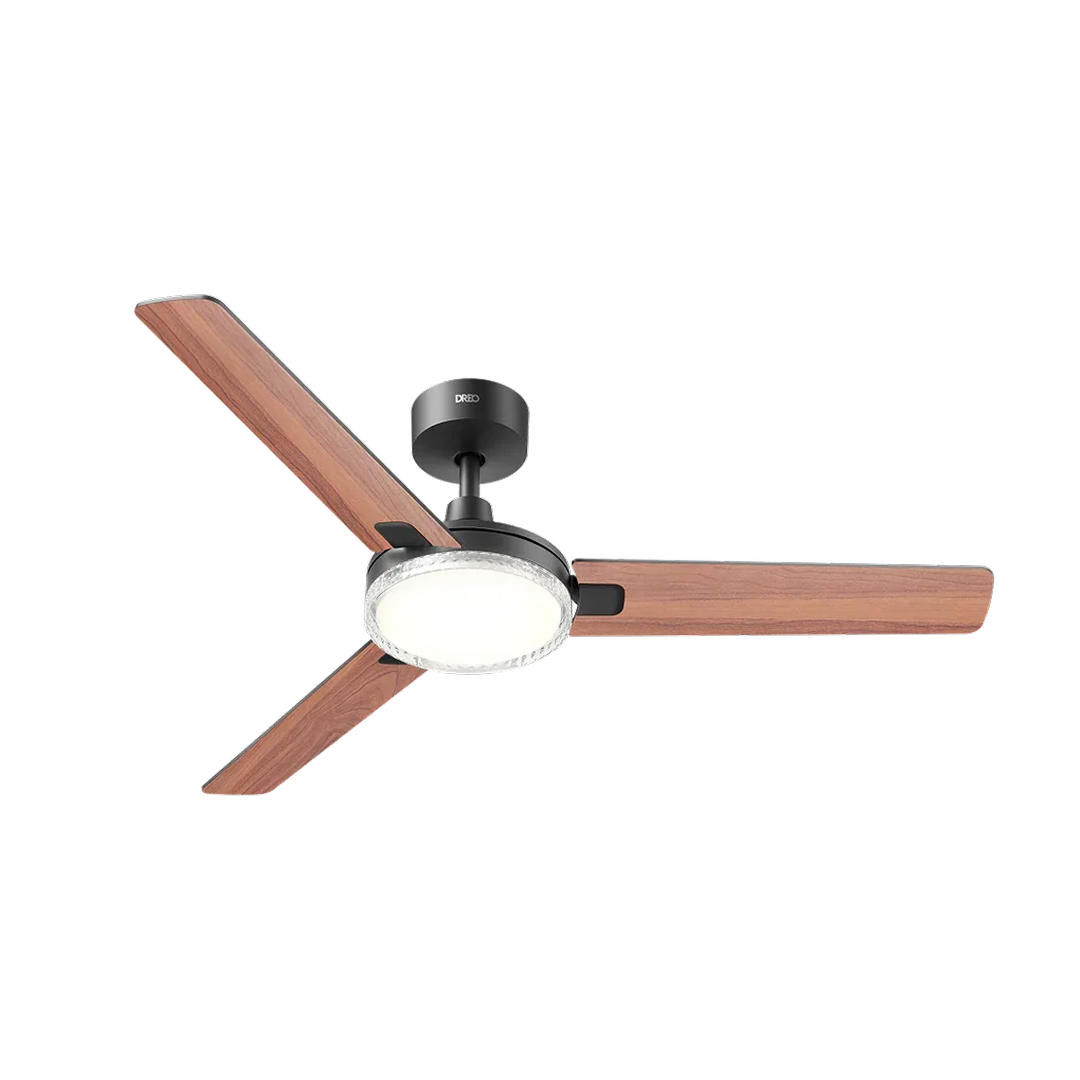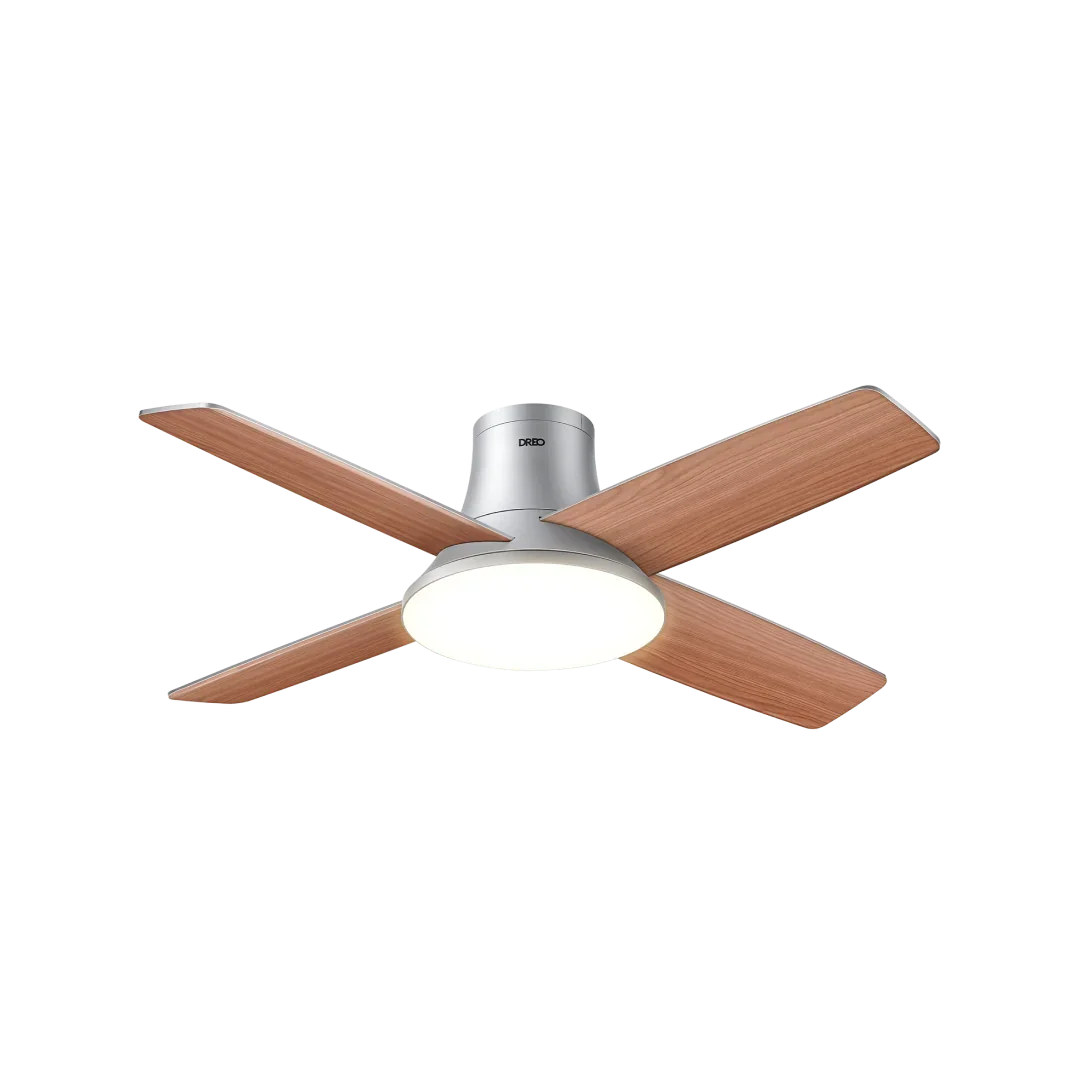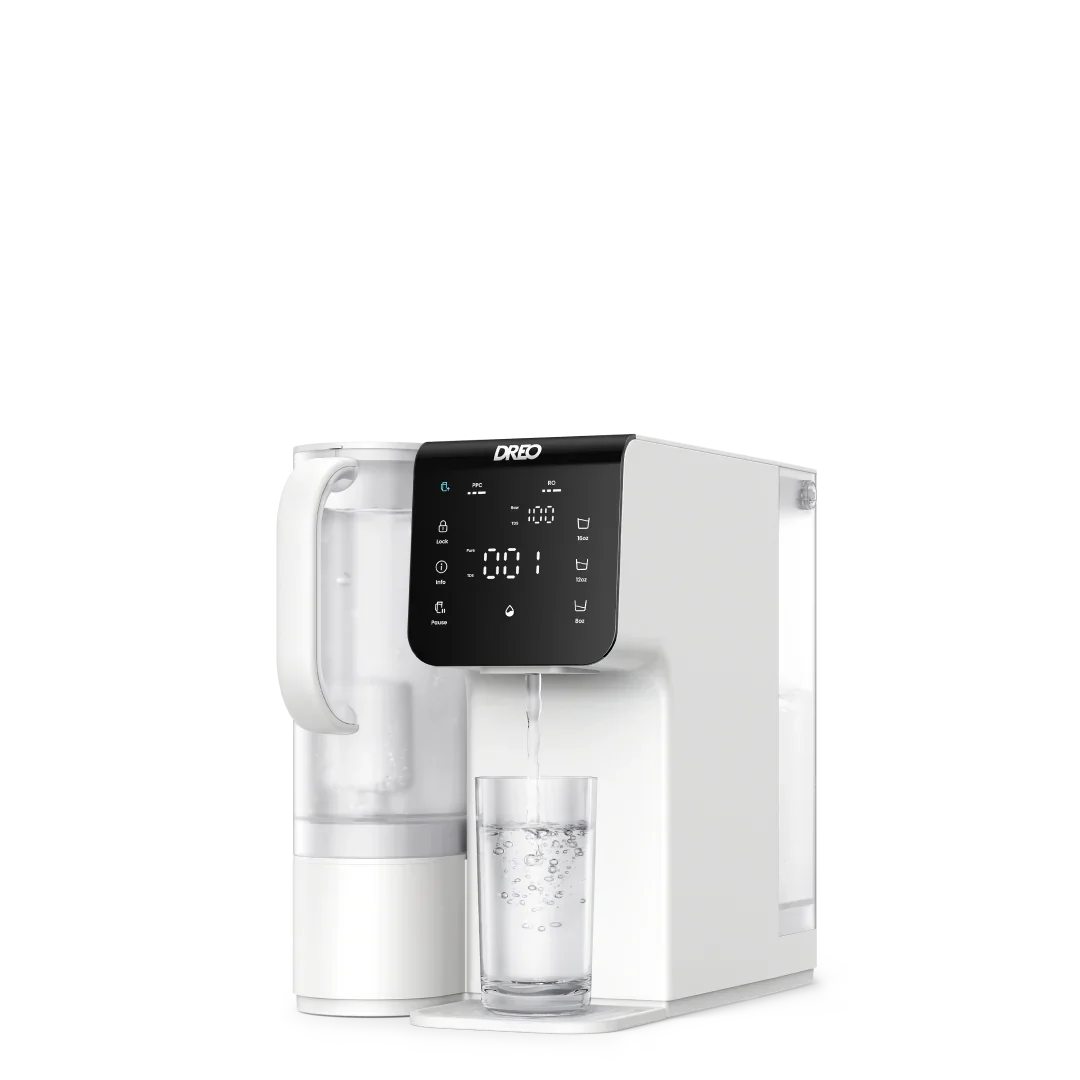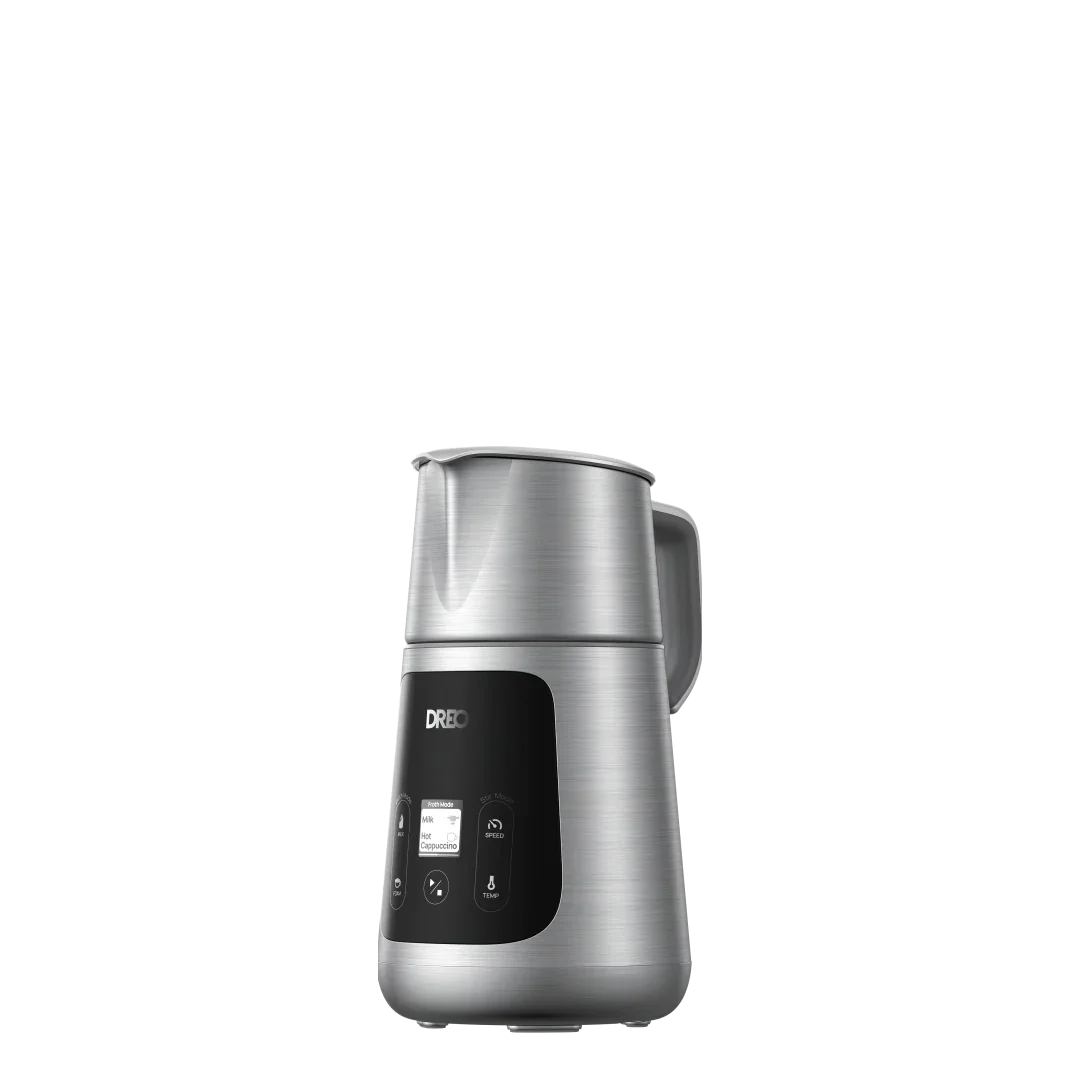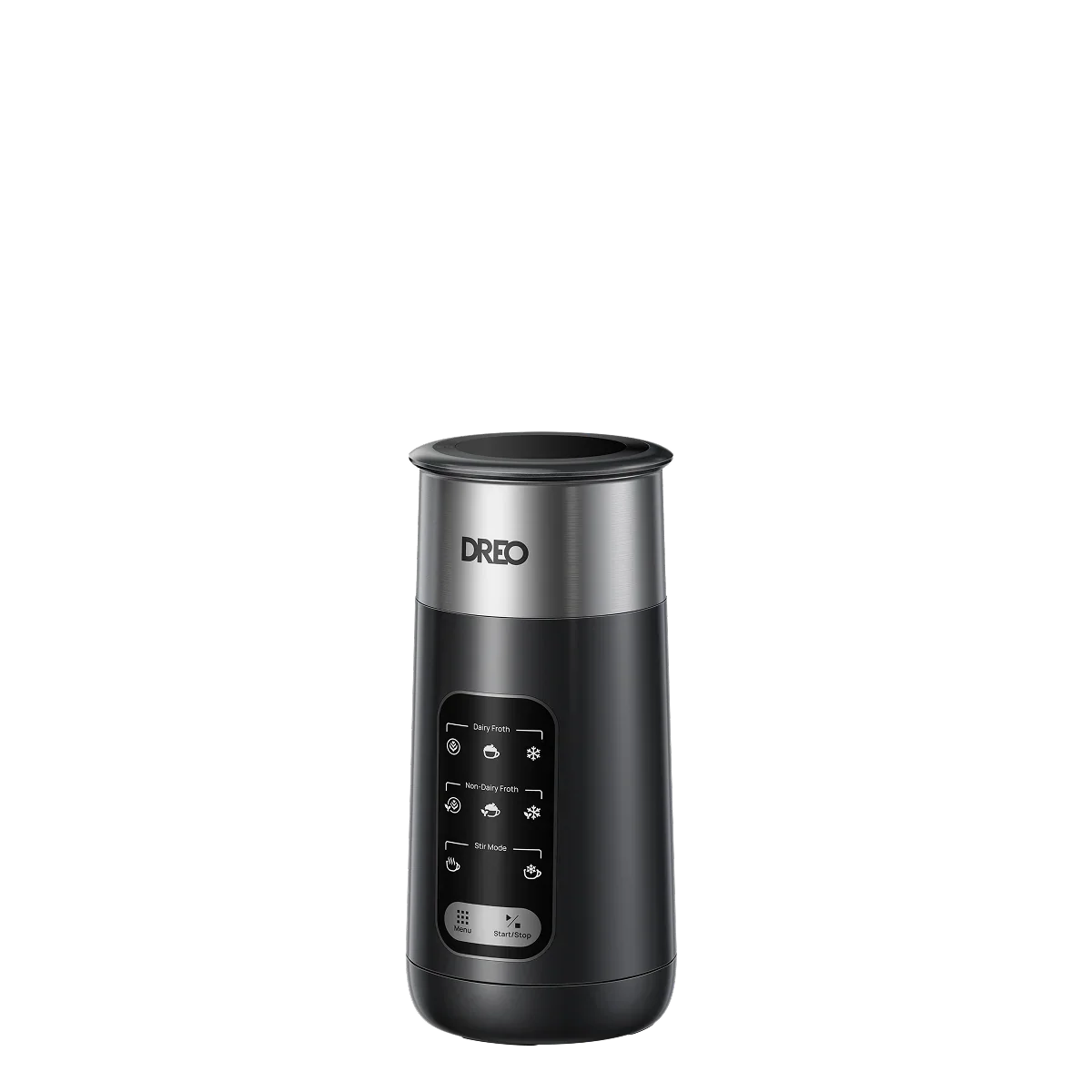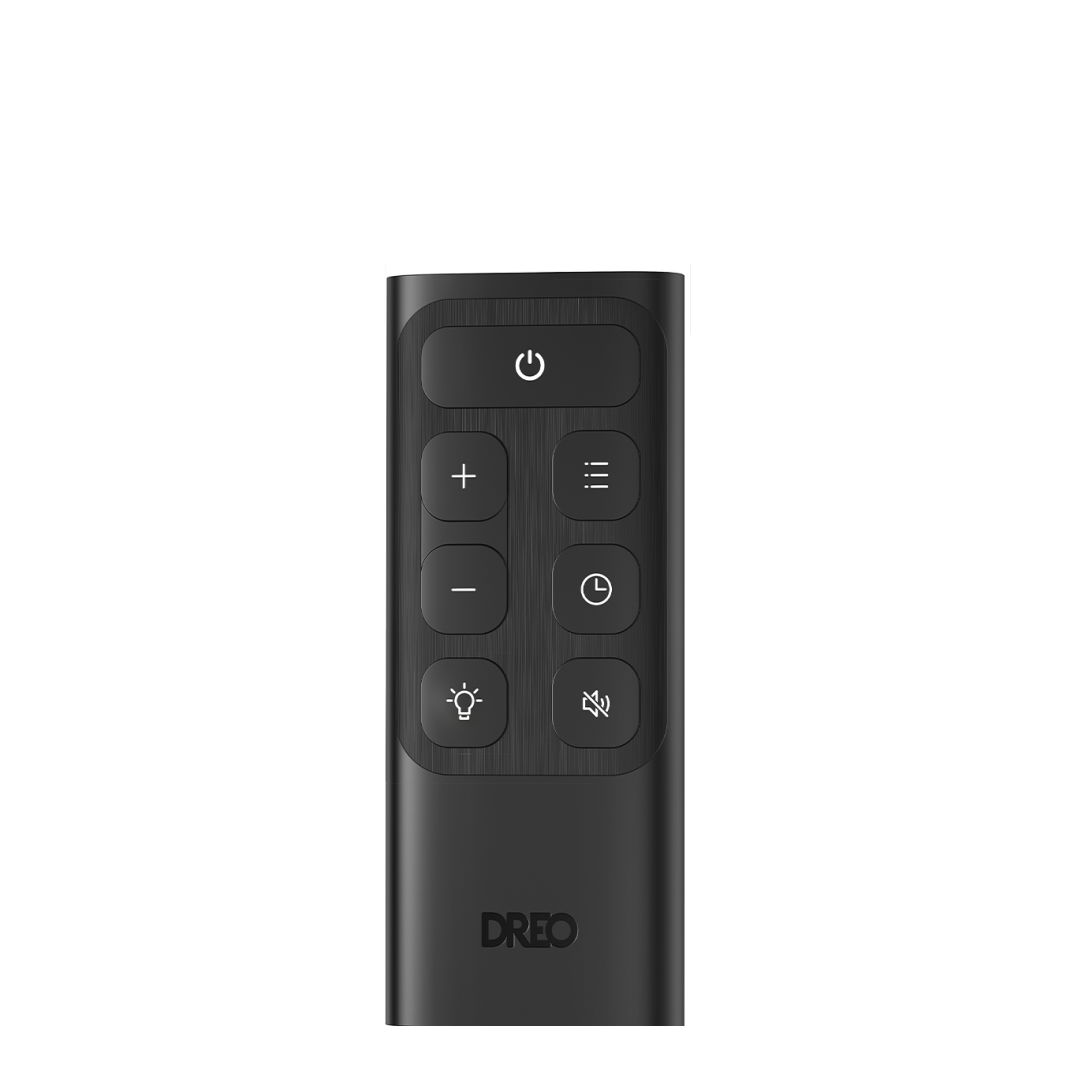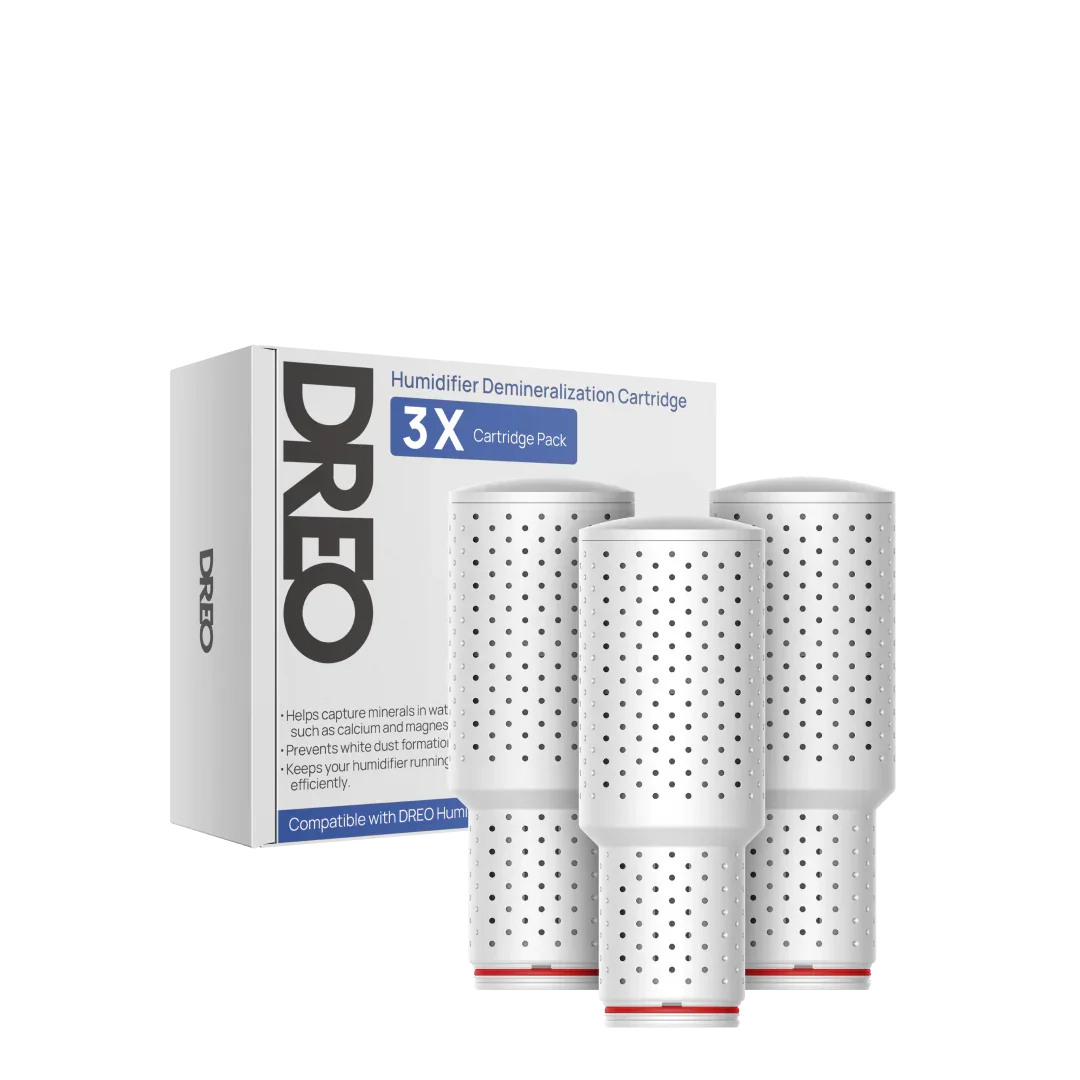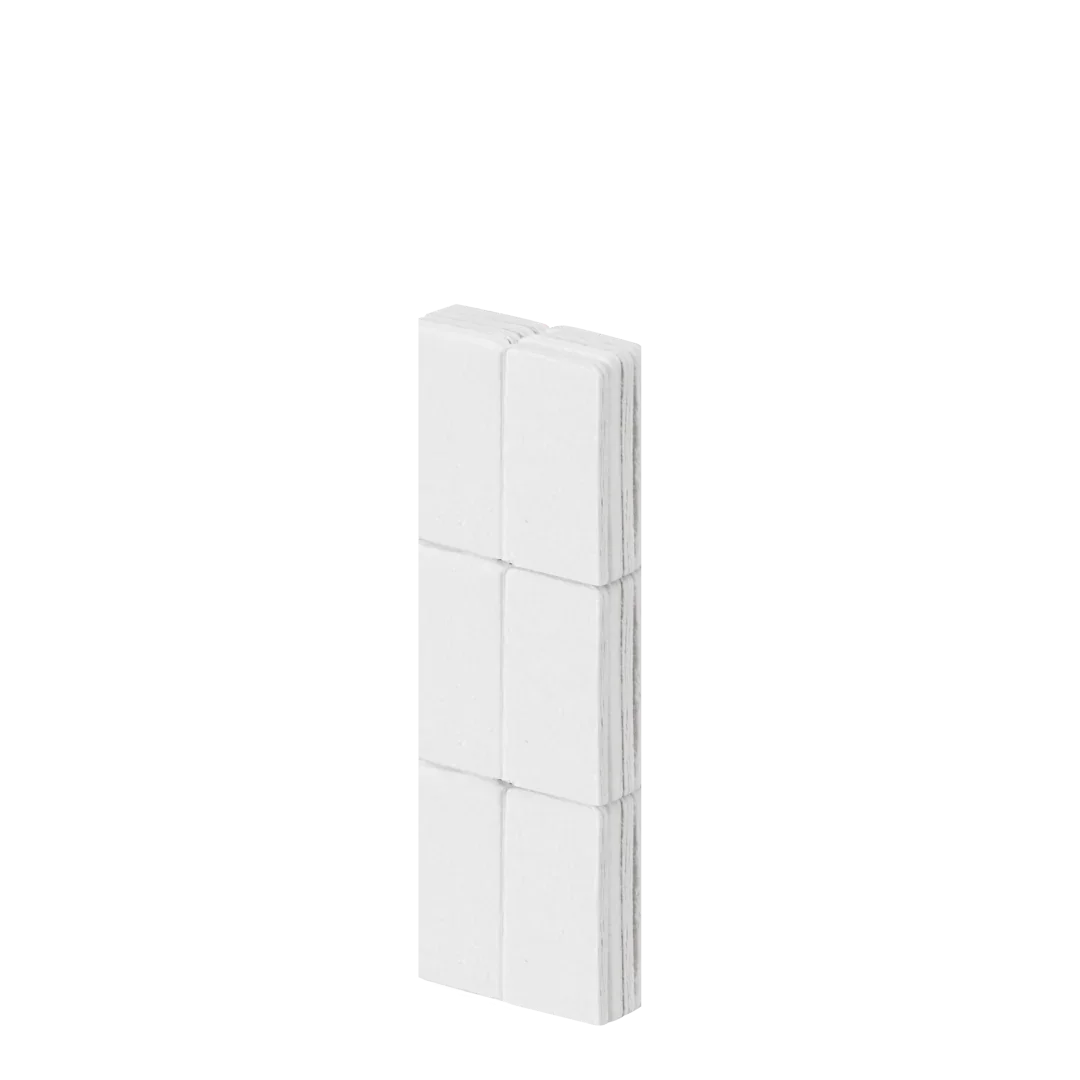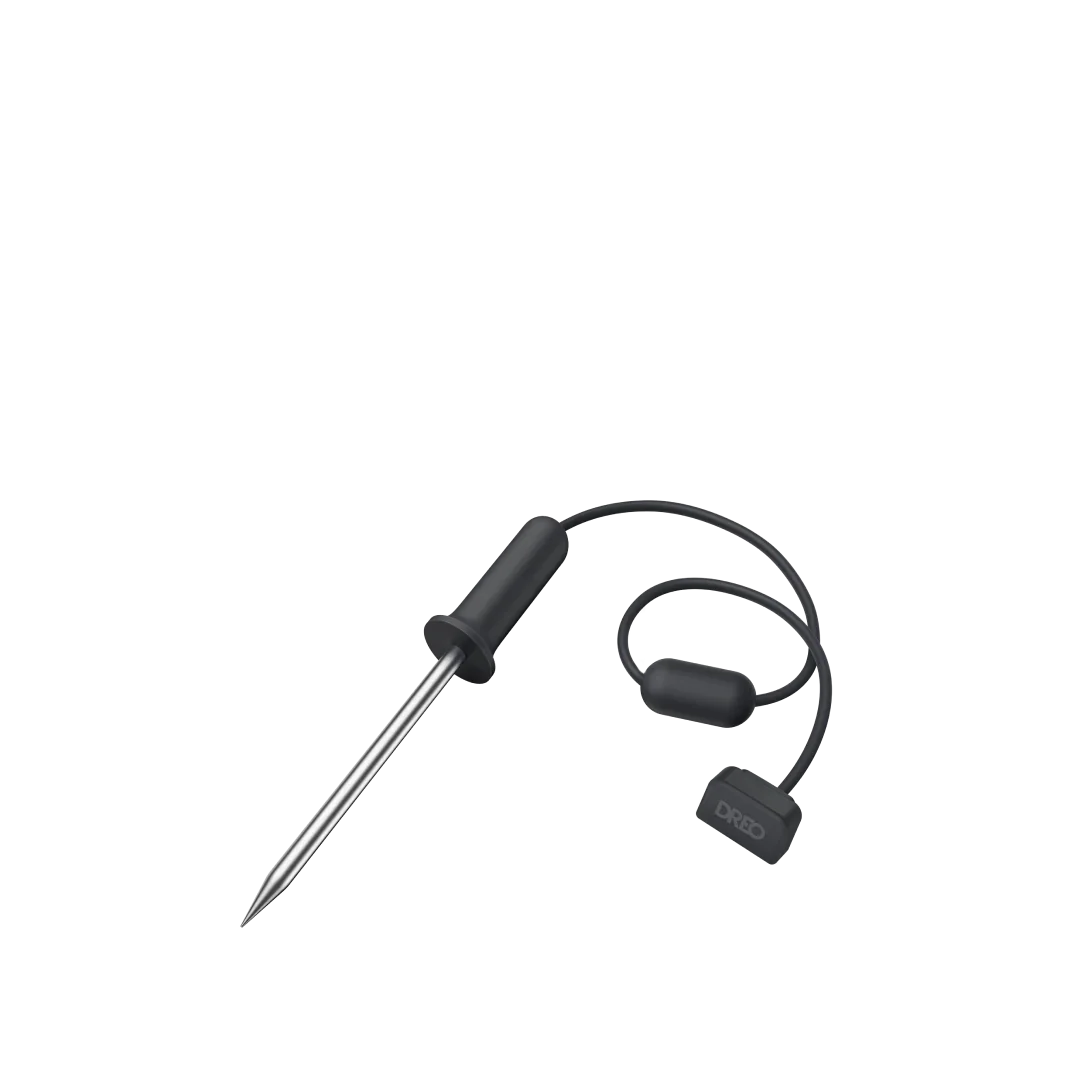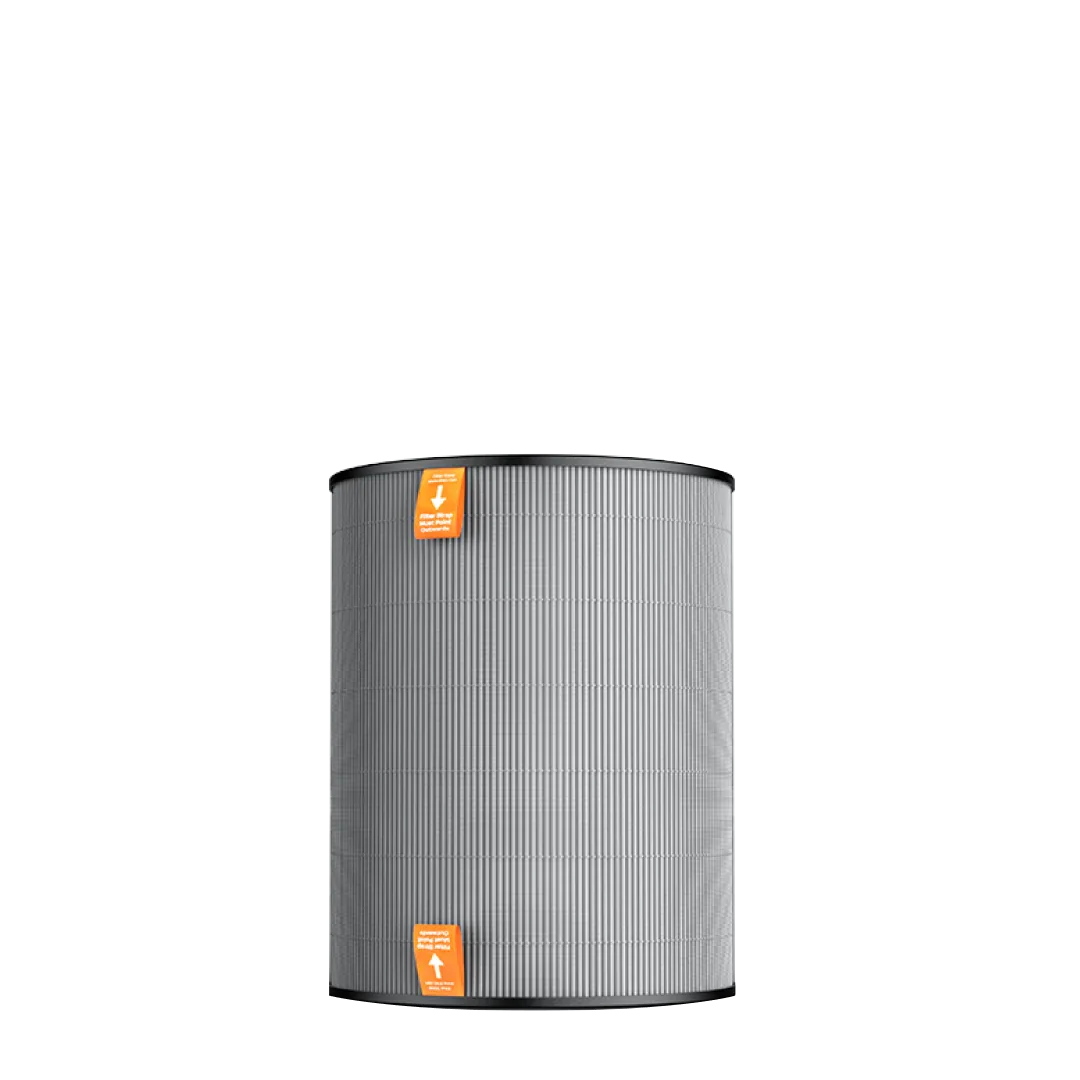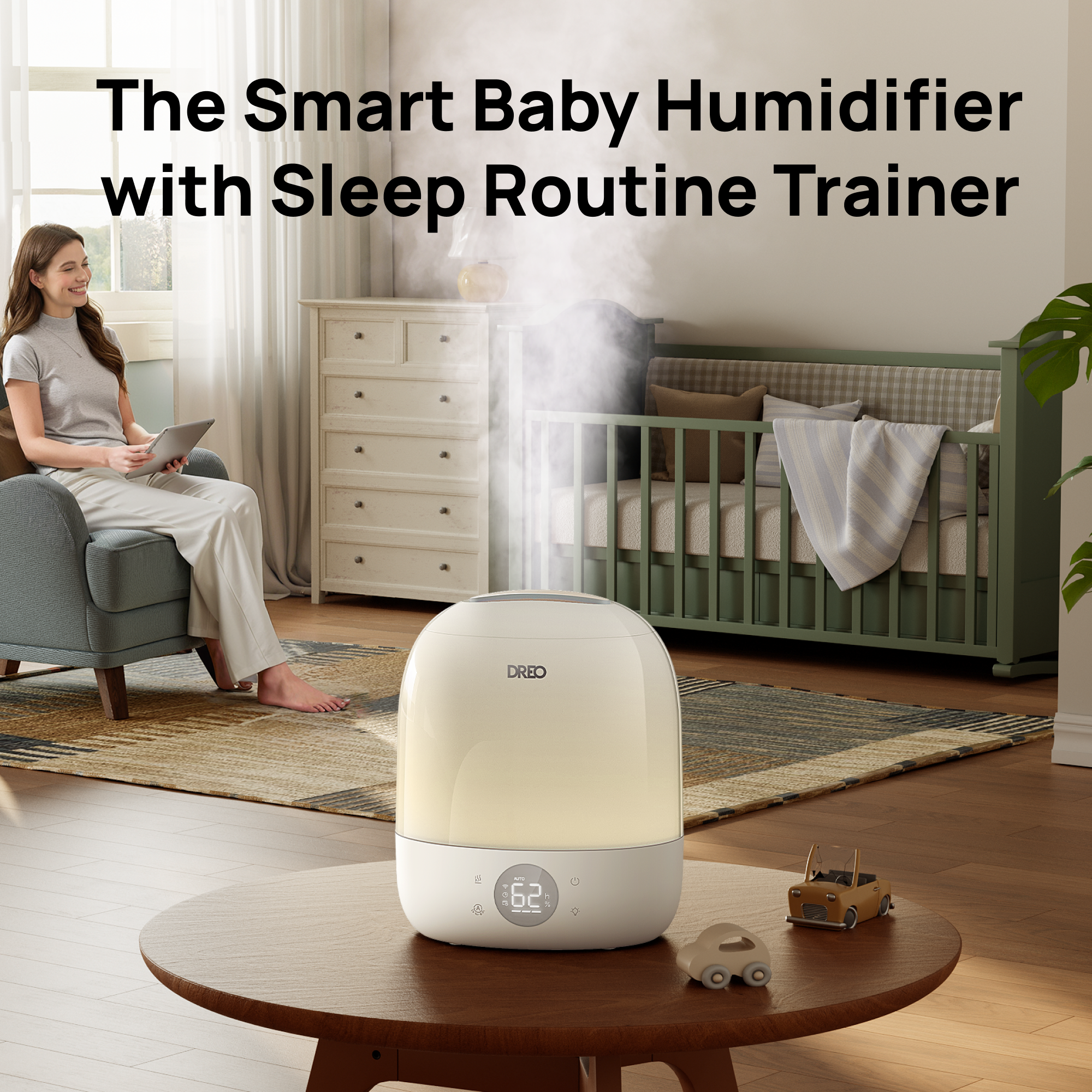Heating appliances are often evaluated by how quickly they can warm a room. For decades, this has meant relying on fixed high-wattage operation, typically 1500W, running continuously until the desired temperature is reached. While effective, this approach is inefficient because it consumes more power than necessary and creates wide swings in comfort.
DREO space heaters with ECO mode mark a new path forward. Instead of equating warmth with full power, the system treats heating as a controlled process where energy is modulated in real time. By combining advanced power electronics with responsive feedback, it reduces waste, extends product life, and delivers consistent comfort.
Adaptive Cycling: Moving Beyond Full-Power Heating
Traditional heaters are built to run at maximum wattage. When the room exceeds the set temperature, they shut off entirely, only to restart at full power once the temperature drops. This stop-and-start cycle leads to unnecessary energy consumption and uneven comfort.
In ECO mode, the
DREO Tower Heater 718 operates on a different principle. Once the room reaches the set temperature, it no longer alternates between full power and complete shutdown. Instead, the output cycles between 900W and 0W, maintaining warmth in a steady, energy-efficient state.
This approach offers three advantages:
-
Reduced energy waste – Less unnecessary consumption compared to running at full power continuously, especially with the DREO Space Heater Solaris Slim H2.
-
Improved comfort – Smaller fluctuations in temperature, avoiding the sensation of "too hot" followed by "too cold."
-
Lower stress on components – Fewer full-power restarts reduce wear on internal parts.
The result is energy savings of 40–60% compared to continuous 1500W operation.
Silicon-Controlled Rectifiers: Fine-Tuned Power Modulation
At the core of ECO mode's efficiency is the use of silicon-controlled rectifiers (SCRs), an advanced form of semiconductor power regulation.
Why SCR matters:
- A relay can only toggle power in fixed steps (for example, OFF / 1200W / 1500W). This produces abrupt changes in room temperature and audible clicking.
- An SCR, by contrast, modulates power continuously. Instead of only switching between discrete states, it adjusts the power delivery in real time, based on how close the room is to the target temperature.
Benefits of SCR integration:
-
Precise temperature control from 41°F to 95°F, with a tolerance of ±1.5°F, preventing inefficient overshooting in the DREO Heater 316.
-
Smooth transitions that prevent energy spikes and thermal shocks.
-
Noise-free operation, eliminating the clicking sound from relay-based switching.
-
Improved component longevity through reduced mechanical stress.
This shift to electronic control transforms the heater from a simple on/off device into a precise thermal instrument.
Hybrid Relay + SCR Control: Power and Efficiency in One System
Although SCRs are excellent for fine control, maximum power is still valuable when heating a cold room rapidly. To address this, DREO developed a hybrid control system that combines the strengths of both relays and SCRs.
-
Relay function: Engages at startup or when the room temperature is far below the target, delivering the full 1500W output for a rapid 2-second warm-up.
-
SCR function: Takes over once the environment nears the set temperature, scaling output seamlessly to maintain balance.
This hybrid design ensures heaters can perform in extreme conditions while still delivering precise efficiency under normal operating conditions.
Real-World Efficiency: Data-Driven Performance
Laboratory testing provides clear evidence of the ECO mode's efficiency. In a 172 sq ft. test chamber with the
DREO 2-in-1 Tower Fan MC706:
- Starting temperature: 48°F (9°C)
- Target temperature: 68°F (20°C)
- Time to reach target: 19 minutes
- Energy consumption: 0.39 kWh
The test shows that ECO mode achieves the same heating performance as continuous high-wattage operation while consuming less energy. Over a full winter season, these incremental reductions translate to significant cost and energy savings.
For households using heaters daily, even a reduction of 0.02 kWh per heating cycle adds up to dozens of kilowatt-hours saved over time.
Comfort Consistency: Eliminating Temperature Swings
Efficiency is important, but comfort is equally critical. Relay-based heaters often create discomfort by producing large temperature swings: intense bursts of heat followed by periods of cooling.
The ECO mode in
DREO space heaters smooths this curve. With SCR regulation, it prevents large temperature swings and maintains a stable thermal environment, delivering consistent, balanced warmth that avoids both overheating and underheating.
This stability is particularly beneficial at night, where fluctuations can disrupt sleep, and in work environments, where consistency supports focus.
System-Level Benefits: Beyond the Room
The impact of ECO mode goes further than individual comfort. Its design delivers benefits at the household and community scale:
-
Localized efficiency. Targeted heating of occupied spaces reduces reliance on whole-home systems and lowers HVAC demand.
-
Grid stability. Smoother power regulation prevents high-wattage spikes, easing stress on local electricity infrastructure.
-
Sustainability impact. Even modest reductions in household energy use, when scaled across thousands of units, contribute to broader environmental goals.
These system-level benefits demonstrate how thoughtful improvements in appliance engineering can support larger energy efficiency strategies.
Final Takeaway
ECO mode is not simply a feature on a control panel but a new way of thinking about space heating. It emphasizes precision, adaptability, and efficiency.
In
DREO heaters, this approach has become a complete system that provides steady warmth while using up to 60% less energy. It shows how practical engineering advances can enhance comfort, reduce expenses, and contribute to more sustainable energy use.





